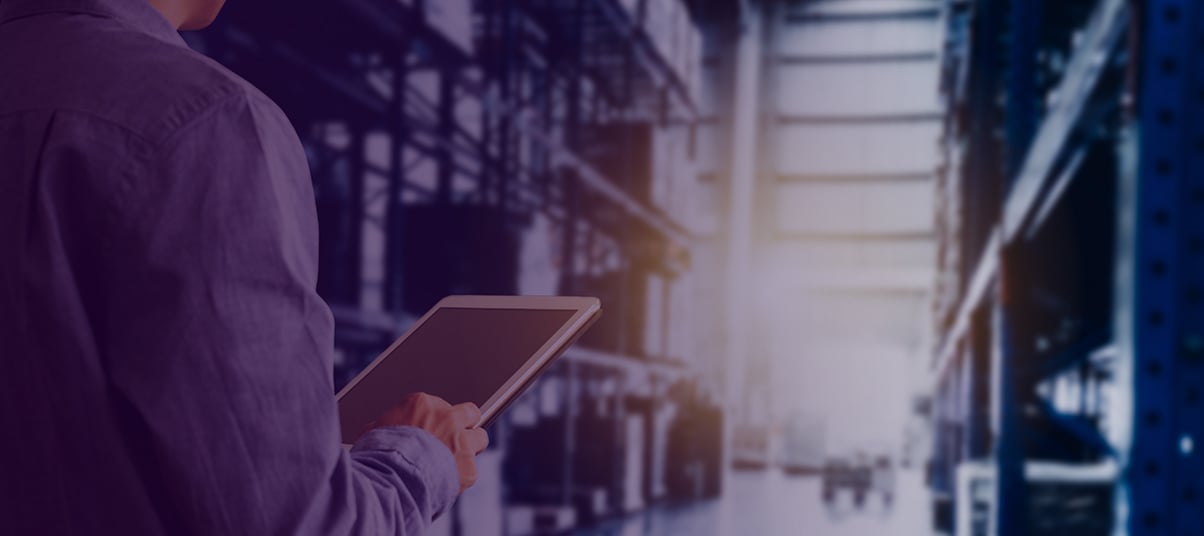
Getting your retail marketing and supply chain efforts optimized and working in sync is a complex undertaking under any circumstances. But the COVID crisis has made a difficult job even more daunting.
The global pandemic has caused massive disruptions in nearly every aspect of business. Many long-held business assumptions have changed overnight, and your historical data describes a world that no longer exists. Businesses are cutting their marketing budgets, challenging marketers to do more with less. Supply chain teams are struggling with delays in shipments and order fulfillment, material shortages, and unexpected price fluctuations as various regions of the world open up or shut down again.
Disruptions in shipment are only the tip of the spear. Businesses are also facing widespread disruptions on the manufacturing side, which in turn leads to delays with materials and parts. All of that affects lead time, which impacts the negotiating power you have with suppliers.
As a result of these cascading disruptions, practically all of the predictive models that companies have used in the past are completely out the window. In some ways, it’s a bit reminiscent of the 2008 recession, when most models quickly became outdated because no one had seen a situation like that before. The COVID crisis has caused even more widespread disruption, and the recovery will likely be uneven.
In the face of this complexity, I’ve seen many business people get overwhelmed and go back to very simple tools they’re comfortable using. They take out their notebooks and pencils and Excel spreadsheets and try to figure out how to optimize very complex business processes based on very limited data. But basic business intelligence tools won’t be effective in a crisis like COVID because BI looks at the past, and the past looks nothing like the present. And the future is more uncertain than ever.
Artificial Intelligence is the essential tool to navigate the current complexity. But not just any AI, and not just AI alone.
In turbulent times, businesses need to turn to augmented intelligence – AI and humans working together. With AI, you’re able to take on a lot more complexity than what a human can possibly take on alone. Supplementing AI with human domain knowledge and intuition is critical because much of your data is out of date and new data is changing rapidly. AI and humans working together are far more effective than either working alone.
Going Beyond Predictions to Optimize and Anticipate Change
AI is very good at delivering predictions – the likelihood that a marketing campaign will convert or that a material will stockout. But merely having a prediction doesn’t solve your business problem. For AI to truly add value, it must enable you to optimize for business impact and anticipate change.
AI is very useful in marketing optimization. In one company I worked with, we used AI to optimize our conversion rate. One of the major issues we were seeing was that potential customers entered the top of the funnel, but were getting stuck somewhere within the funnel, so the conversion rate was not at its full potential. Insights from the data helped us identify that prospects were getting stuck in certain areas of the funnel for different reasons and were not efficiently being moved through the funnel. Once we had that insight, we could optimally allocate marketing resources across campaigns, promotions, and marketing channels given that different customers brought different value to the business and likelihood to convert. The right AI can help you gain that visibility and do those important optimizations.
In the case of e-commerce marketing, I’ve seen companies become very focused on the end-of-the-month numbers, and to meet those numbers, they decide to do some promotions. But what type of promotion, whom do you target and when do you do it? You don’t want to give money away by offering a promotion to someone who was going to buy anyway. At the same time, you don’t want to leave money on the table by not doing a promotion that might have converted someone. These are all optimization issues.
The same sort of optimization challenges comes up on the supply chain side when you launch a product. As you go through the product growth curve, at some point you’ll start to get replacement-related requests from customers who have already bought the product, along with warranty issues. Then at some point, people will start selling your product on eBay and you’ll have different issues around secondary users. At all of those steps in the process, as you add new layers of complexity, you’ll need to adjust your model or use entirely different models in order to optimize.
The global pandemic makes it even more important that AI enables you to anticipate change and adjust quickly rather than react to it after the fact. In the COVID era, the demand for certain products may go up, which means your inventory goes down and your stockout risk goes up. In that case, it would be a waste of money to run a promotion on an item that’s going to stock out anyway. But you might have excess inventory of other items because of the pandemic, and it makes sense to do a promotion for them. To react quickly to change, you need a portfolio of AI models tuned to different business realities rather than a single static model, so that you always use the right model at the right time. And you need an AI that can quickly take feedback from the frontlines.
That’s why the challenges that businesses face today can’t be solved by business intelligence tools. The key is optimization. BI doesn’t do optimization – humans have to do all of the optimization themselves. But the moment problems become very complex, there are just too many factors for humans to optimize. BI can help you understand the raw data, but that doesn’t get you the insights that are truly necessary for the business team to make critical decisions. That’s what optimized AI can do, working in tandem with human intuition. AI has to go beyond predictions to optimize and enable you to anticipate change, so you can adjust quickly.
The importance of the human element in AI is often overlooked. If you have disruptions that are happening on a daily basis, there’s no way you can realistically retrain AI models that can give you up-to-date business insight. A human expert will know more about how business assumptions are likely to change moving through the COVID crisis. A human will know trends faster than the AI can pick up the trend from the data. That’s why AI has to have that human feedback loop, so the models are constantly being dialed in to current business realities.
You can’t treat AI like it’s some kind of voodoo magic. Businesses people want to know how the models actually influence outcomes on a day-to-day basis. It’s the business people who are ultimately held responsible for what the model recommends, so they need to have visibility into that process and be able to collaborate and talk back and have some control. You can’t have it so the data scientist teams create the AI and the business teams passively consume it.
The biggest problem with AI adoption today is that business users feel disconnected from the AI process.
Business decision makers do not want to work with a black box system. In the past, AI was considered as a magic system that only PhDs could build and understand. For these systems to become mainstream and adopted by decision makers, interpretability, explainability, repeatability and dependability are extremely important. Putting business users in the driver’s seat and even more importantly, enabling them to collaborate on multiple functions and have the process be transparent is the key to successful AI. By bringing humans and AI together, businesses can dynamically navigate the massive disruptions we’re seeing today and get the timely insights they need to adapt to change quickly.

